India’s U-turn on decades of strong anti-ivory advocacy alarms conservationists
India says it has ‘never supported trade in elephant ivory and our stand has been the same’. It, however, did explain why it chose to abstain, reports Namita Singh
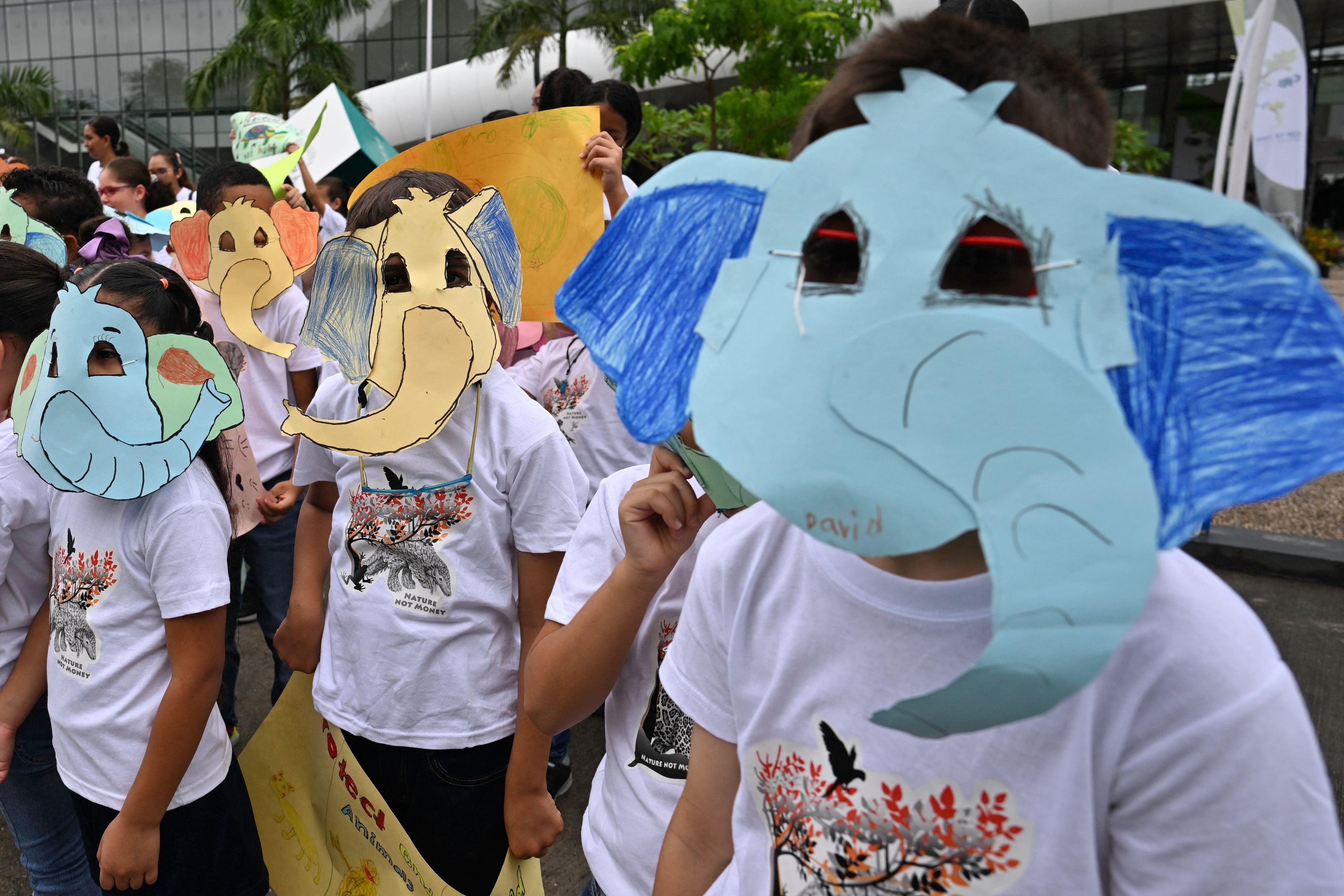
An unprecedented decision by India to abstain from a recent vote to re-open the commercial sale of African elephant tusks has alarmed experts who fear that any change in the country’s decades-old anti-ivory advocacy will lead to a softened stance against the international trade of ivory.
On 18 November, Zimbabwe tabled a proposal during the ongoing conference of the Convention on International Trade in Endangered Species of Wild Fauna and Flora (Cites) in Panama, to seek controlled trade in ivory from the country and its neighbours, Namibia, Botswana and South Africa.
Although it was roundly defeated 83-15 with a two-thirds majority vote against the motion, India changed its decades-old stance and became one of the 17 countries that abstained from the vote, reported the Indian Express newspaper.
Even though the country now faces backlash from experts over its decision, the environment ministry has defended itself by saying that “India has never supported trade in elephant ivory”.
“India has never supported trade in elephant ivory and our stand has been the same, and hence India did not support the proposal of Namibia and other co-proponents to lift ban on the ivory trade of African Elephant ivory in the Cites CoP,” says SP Yadav, additional director general (Project Tiger) at Ministry of Environment, Forest and Climate Change.
“The said proposal was defeated by a wide margin in the CoP,” he tells The Independent. The ministry, however, did not elaborate on why the country chose to abstain from the vote.
Earlier, a ministry official told this reporter that since it “was clear from the discussion that the majority of countries are against the proposal, hence Indian vote did not matter.”
The country’s decision to abstain has also received sharper scrutiny amidst a report from the Indian Express that the decision was attuned to demands from Namibia,which recently transferred eight cheetahs to India this summer for an ambitious Indian project to revive the population of the world’s fastest land animal in the country.
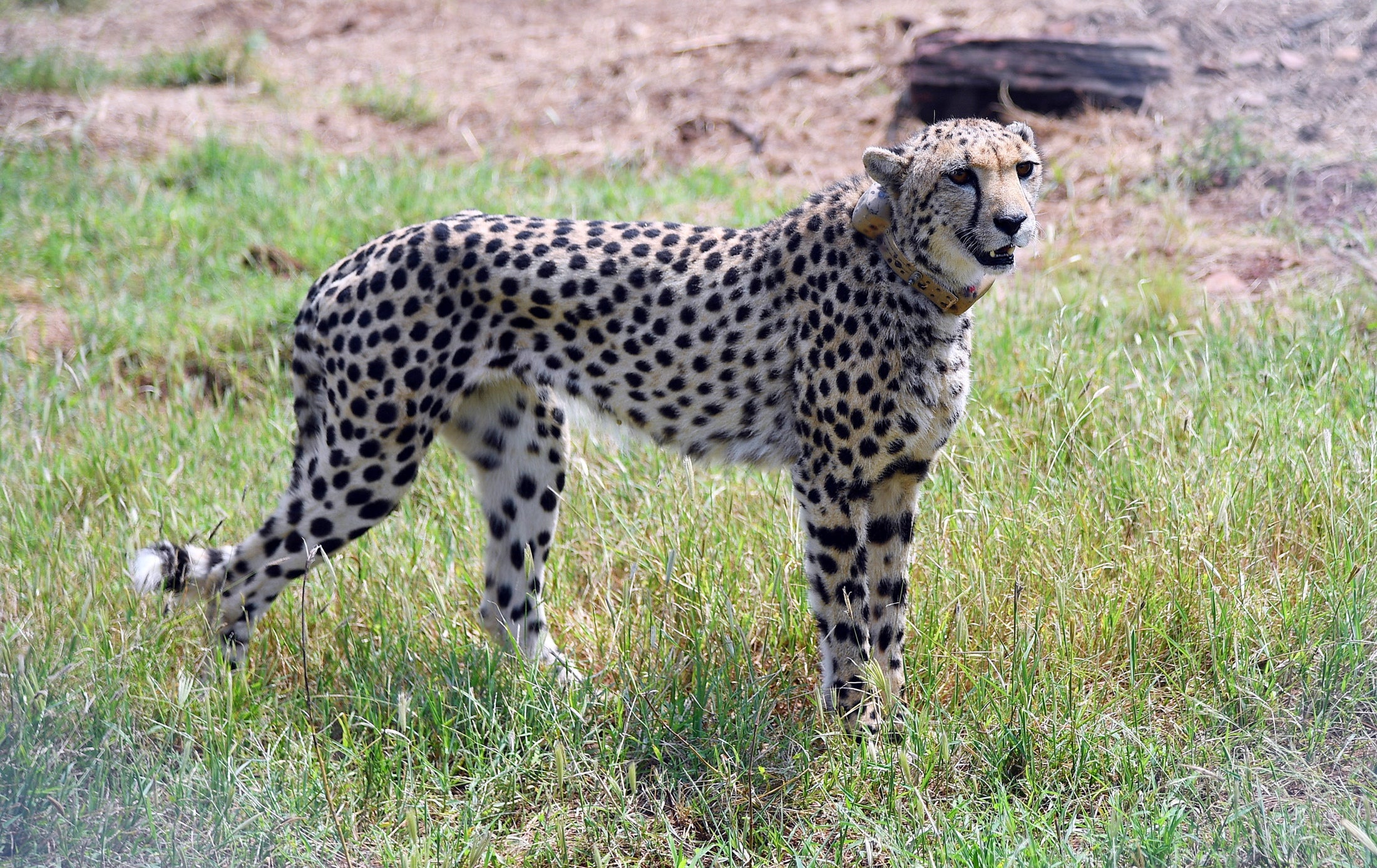
While the outlet reported that Namibia sought India’s support under the commitment to help “sustainable management” at Cites for its longstanding proposal to allow trade in ivory, the Indian government denied support for “lifting the ban on trade in endangered species”.
In its statement to The Independent, the environment ministry said: “India has not received any written or oral request from Namibia for support on the issue of lifting ban on ivory trade in the Cites CoP19 ongoing at Panama City.”
Mr Yadav dismissed the Indian Express report as being based on “mere speculation”.
“The Wildlife Protection Act of India provides highest degree of protection to the animals specified in the Schedule-I of the Act like Tigers, Lions, Elephants etc and hunting and trade is strictly banned,” he says.
India pioneered the domestic ban on the ivory trade in 1986, three years before an international ban came into effect.
Ivory artifacts, used by many Indians in its raw form often as a pair of mounted elephant tusks or art objects, vary in size from the very small (a few centimetres) to very large (up to metres or longer), explains Indian conservationist Ravi Chellam, who is the chief executive of Metastring Foundation, which focuses on IT services in biodiversity and healthcare, and is also the coordinator for advocacy group Biodiversity Collaborative.
“These were very intricate works of art and often represented gods and goddesses,” he says.
In 1989, the signatory countries to Cites agreed to accord the highest protection to African elephants and move it to Appendix I, after the species was threatened with extinction, explains Matthew Collis, deputy vice president for conservation at US-based animal welfare charity International Fund for Animal Welfare (Ifaw).
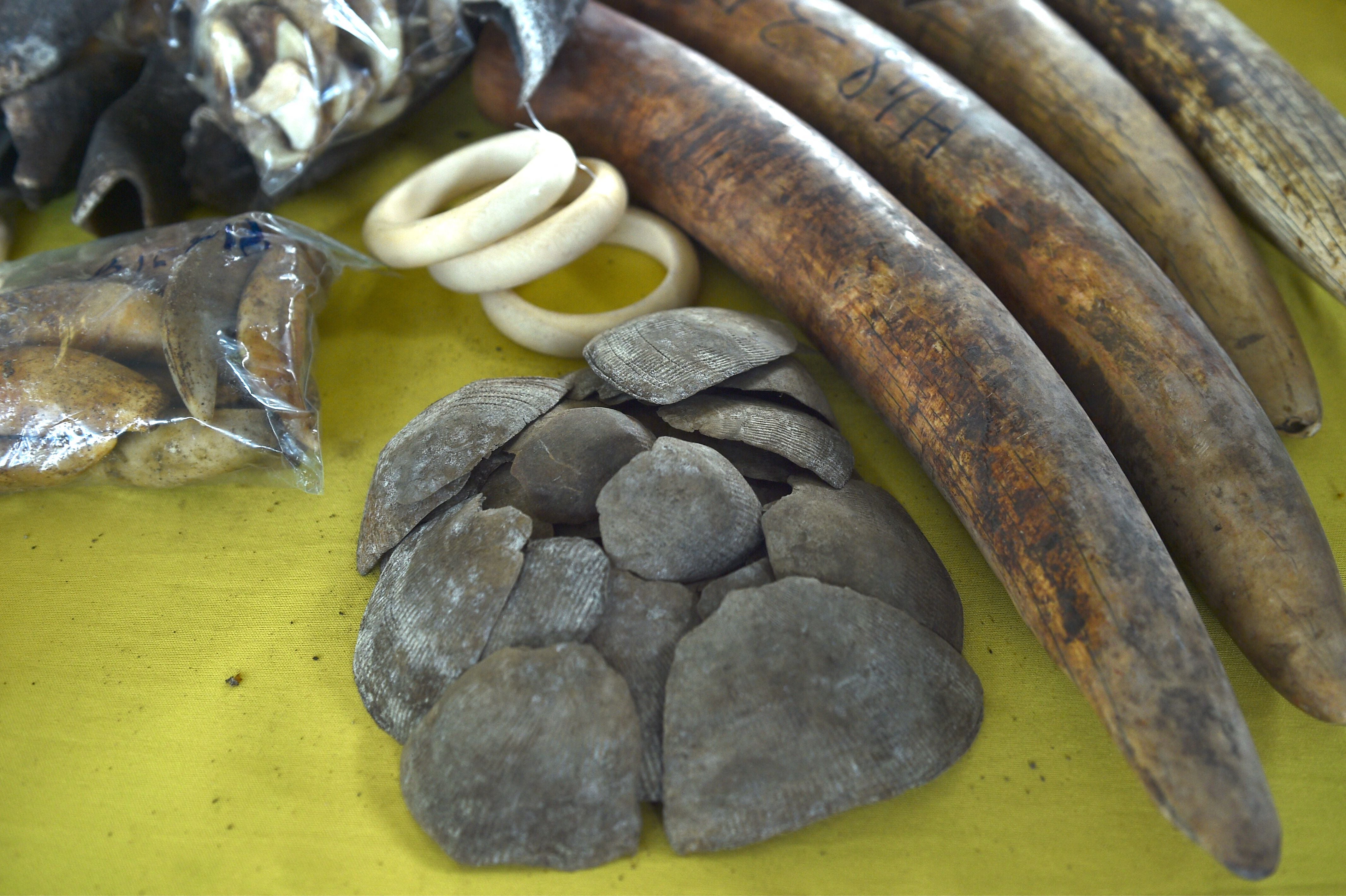
Trade of specimens protected under Appendix I is permitted only in exceptional circumstances for non-commercial purposes such as scientific research.
“Asian elephants had been listed on Appendix I from the outset of Cites in 1975,” he tells The Independent. “In 1997, the elephant populations of three southern African nations, Botswana, Namibia and Zimbabwe, were downlisted to Appendix II to enable a ‘one-off sale’ of stockpiled ivory to Japan.”
Appendix II lists species that are not necessarily threatened with extinction, but may become so unless trade is closely controlled.
“Later South Africa’s elephants were also downlisted and another ‘one-off’ sale of stockpiled ivory from the four nations took place in 2008 to Japan and China. After this sale in particular, poaching skyrocketed across Africa,” adds Mr Collis.
“At the height of the poaching crisis at the start of the last decade, as many as 20,000 elephants were being killed every year for their ivory,” he says. “Poaching seems to have declined a bit since then, especially in eastern Africa, but in some parts of Africa it is still a significant concern for the future of certain elephant populations.”
Illegal trade in ivory continues, with criminals still seeking to get poached ivory into markets. According to Cites data, 2019 represented the third largest year in terms of the total weight of ivory seized: a whopping 51,161kg.

These included three exceptionally large seizures, including 7,482kg of raw ivory seized by China and exported to the country from Nigeria. Singapore reported a seizure of 8,795kg of raw ivory exported from the Democratic Republic of Congo and another by Vietnam officials, seizing 9,104kg of raw ivory, also exported from Congo.
As a result, a proposal moved by Namibia seeking controlled ivory trade by delisting the elephant populations of their country along with Zimbabwe, Botswana and South Africa from Appendix II was rejected at the 17th and 18th Conference of the Parties (Cop) in 2016 and 2019 respectively.
India voted against the motion both times and strongly advocated for higher protection of the elephant population at earlier Cop meetings as well.
It opposed downlisting South Africa’s elephant population from Appendix I to II in the 1994 Cop meeting at Fort Lauderdale, reported the Indian Express. A similar stance was adopted during the 1997 and 2000 CoPs, which saw India moving a proposal demanding greater protection of elephants in Appendix I.
“It was disappointing to see India abstain on the vote about ivory stockpile sales,” says Mr Collis about this year’s Cop. “India has historically been a great champion of elephant conservation and consistently voted against ivory trade that has caused the deaths of hundreds of thousands of elephants globally in the last century, including Asian and African elephants.”
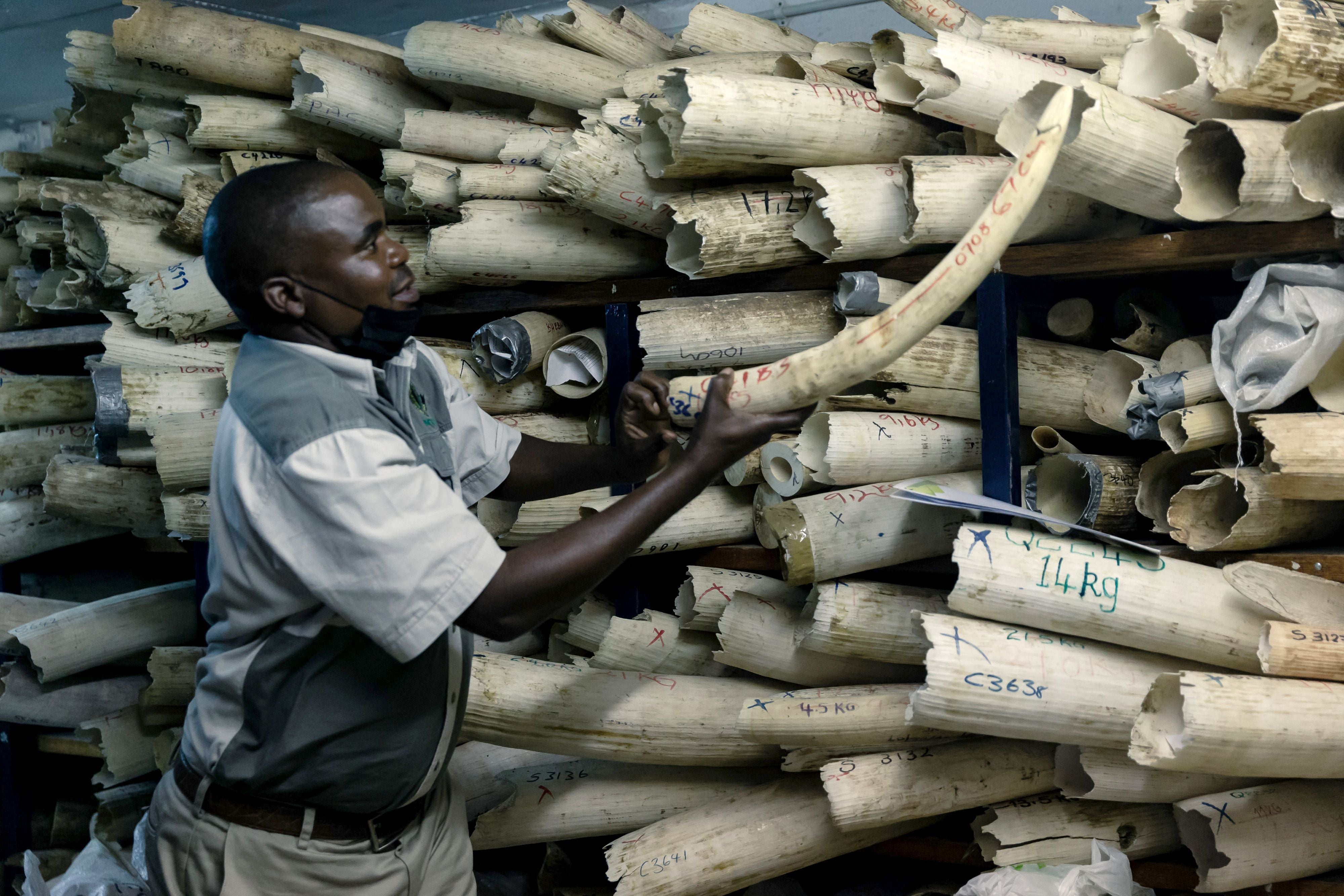
“It’s unclear whether this is actually an official change in stance or something prompted by political negotiations related to other issues at this conference,” says Mary Rice, executive director at UK-based nonprofit Environmental Investigation Agency (EIA), which probes environmental crime and abuse.
Even as the proposal remains defeated, Ms Rice adds: “We need to keep a close eye on this.”
The four African countries supporting the proposal argued that since their elephant populations are gaining strength, international sales of stockpiled ivory can help them generate the revenue needed for elephant conservation, thereby helping their local communities.
But Steven Galster, an environmental investigator and founder of Bangkok-based anti-poaching charity Freeland, slams the move saying the world’s biggest threat to wildlife today is actually legal trade.
“The only way to ensure trafficking stops is to stop legal trade,” he says, listing governments supporting trade as the number one enemy of wildlife conservation efforts, above poachers.
Opposing efforts to legalise elephant ivory trade, Mr Galster says every time the governments “get support and we see resumed legal sales, we also see poaching rise”.
“This is because the legal trade masks an illegal trade, which burgeons with cover. Revenue for elephants or any wild animal conservation should not come from selling carcasses. That simply puts a higher value on a dead animal over a live one and encourages poaching,” he explains.
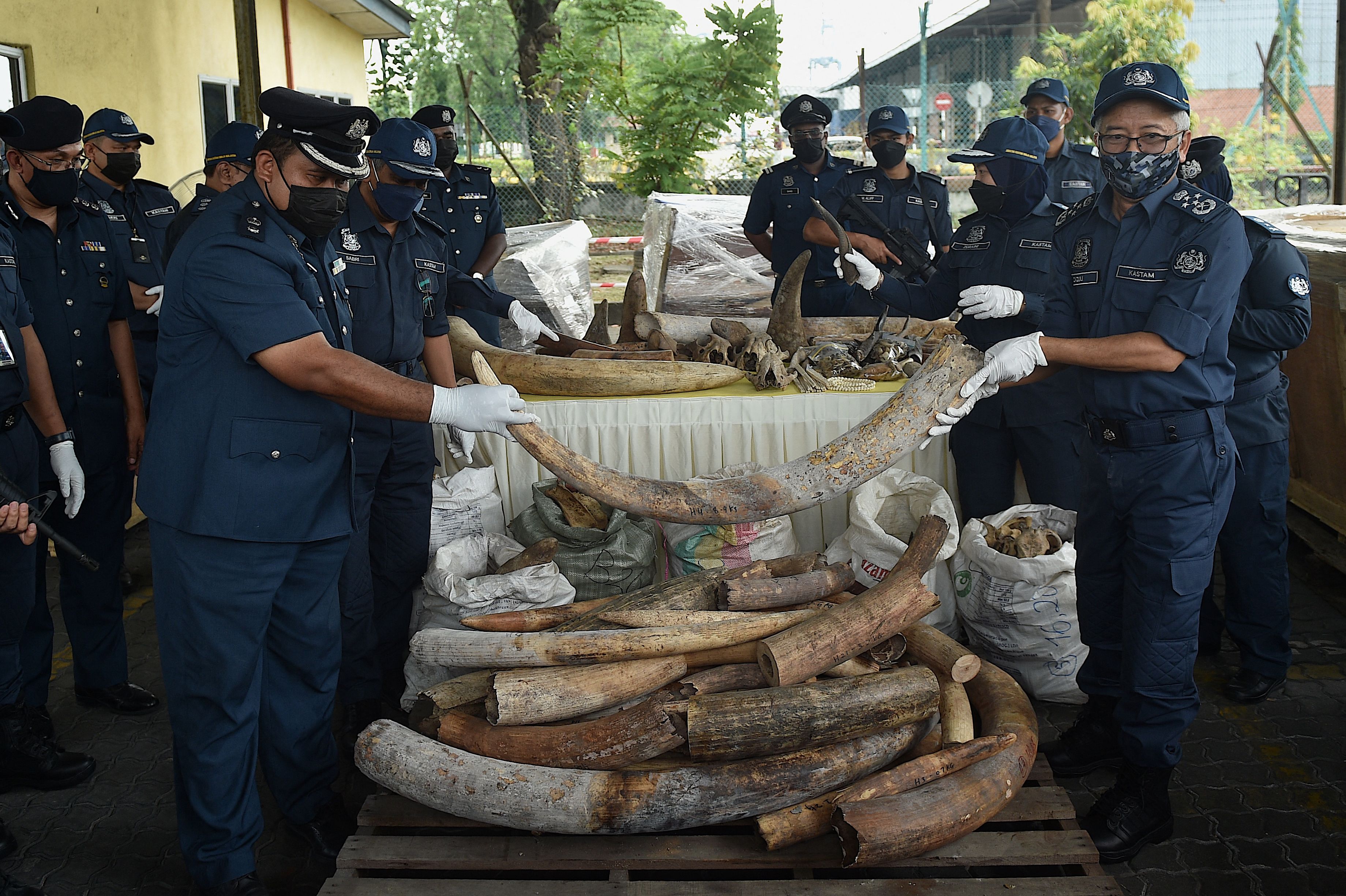
As has been evidenced multiple times, any legal market for endangered species – ivory, tigers, rhinos, pangolins – provides a laundering mechanism for illegal products, stimulates demand and therefore, as a result, gives rise to illegal trade and trafficking, explains Ms Rice.
“As these illicit markets are often international in nature, the existence of legal markets provides loopholes that organised criminal networks can exploit and we would hope that India would choose not to start providing such a loophole.”
Mr Collis says India’s voice carries a lot of weight as a stronghold for the vast majority of remaining Asian elephants.
“Asian elephants still bear the scars of poaching, with a wildly skewed sex ration in most populations, due to only male Asian elephants having tusks and therefore being heavily poached for ivory,” he says.
He is, however, sympathetic towards demands from Zimbabwe and other southern African nations, saying they have put a lot of effort into conserving large elephant populations, for which they deserve credit, given the burdens they bear to do this.
But Mr Collis demands the international community find a way to generate income for conservation without exposing elephant populations to the risk of further poaching.
“We have seen the devastating effect of the ivory trade on elephant populations across the world that have been ruthlessly targeted by poachers. Any legal ivory trade provides opportunities for criminals to launder poached elephant ivory into the market.”
Mr Collis says Kenya proposed an idea to establish a fund that could become accessible to all elephant range states that destroy their ivory stockpiles as a new way to create resources to support elephant conservation, research programmes and local livelihoods for communities living alongside elephants and other wildlife.
“Sadly, when presented earlier in the CoP, there was some opposition to this idea,” he says, but expresses hope that the countries will return to the idea.





Join our commenting forum
Join thought-provoking conversations, follow other Independent readers and see their replies
Comments